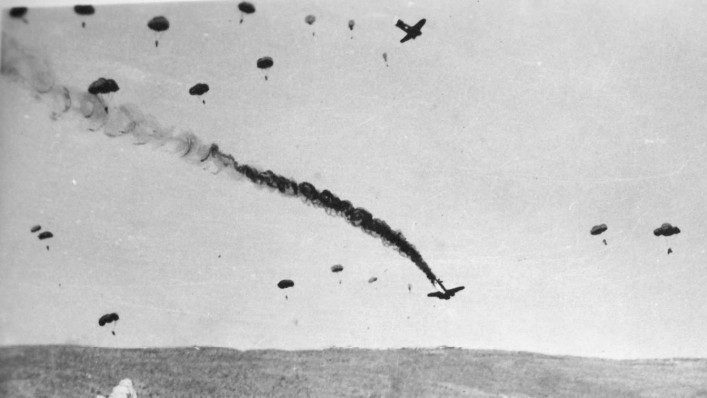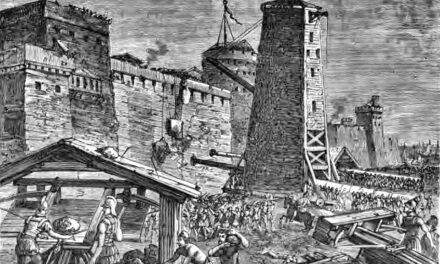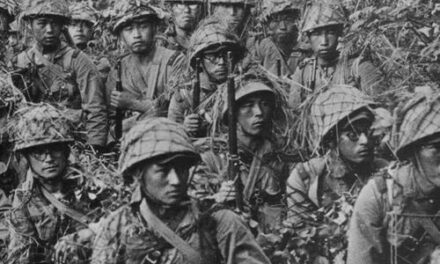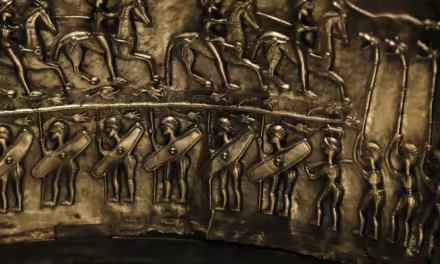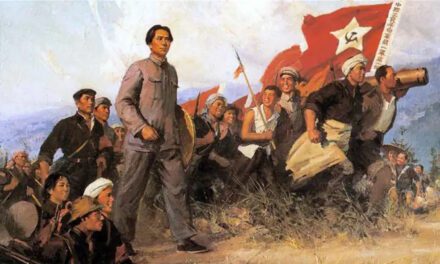Reading time: 5 minutes
Morale can make all the difference on the battlefield. On the 27th May 1941, with the Greek island of Crete close to loss and the Allies in full retreat, a 12 minute moment of madness by Australian and New Zealand troops proved that aggression and bravery could overcome Germany’s elite troops.
By Richard Shrubb.

Background to the Battle
Australian and New Zealand troops were on Crete having just been evacuated from the Greek mainland where the German Blitzkrieg had overwhelmed Allied forces quickly and effectively.
Allied forces were in disarray and thousands of men, having been defeated in Greece were redeployed to hold back the German advance on Crete. Crete was seen by German High Command as an important island to maintain air supremacy over the Eastern Mediterranean and to protect Rommel’s flank in the North Africa campaign.
Even with naval supremacy on the Mediterranean the Royal Navy could only do so much. One of the troopships diverted to land Anzacs on Crete was sunk, and while many aboard survived most lost their rifles and boots. Those that made it ashore to defend the island were ill-equipped to fend off a well prepared and triumphant Wehrmacht.
The Fall of Crete
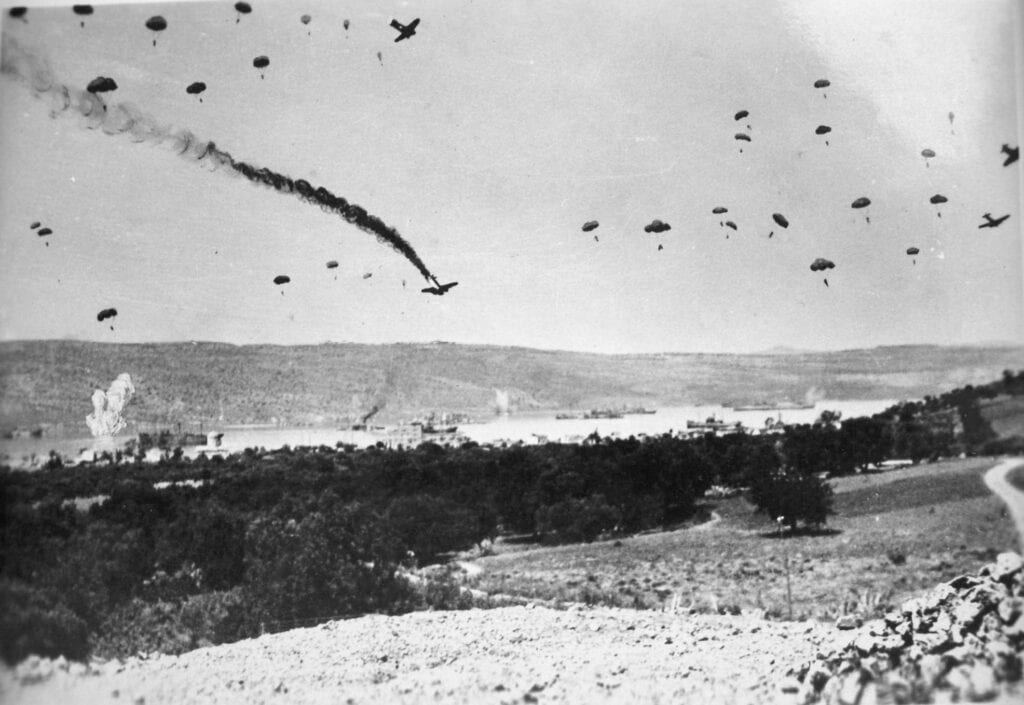
New Zealand commander Bernard Freyberg was criticised for putting too much emphasis on defending against seaborne invasion when German plans – and Allied intelligence – suggested that the majority of the attack would come from the air.
When the invasion began on the 20th of May, there were three airfields to defend on Crete and the Allies knew the Germans just needed one. The Luftwaffe did a good job in tackling Allied air defences and the Royal Air Force was said by defending troops to have been as “Rare as fairies”, in the defence of the island.
Airborne invasion is a question of getting numbers on the ground and accepting that many paratroops will be killed even before they land. To the east of Malame Airfield, it is estimated that 66% of German paratroops were killed before hitting the ground but to the west, several gliders landed safely in an undefended area and the foothold was gained.
Rearguard Preparations
Morale is a critical factor among fighting soldiers. Those who have been beaten can get it in their heads that they cannot win. The German Mountain Troops were well trained and battle-hardened and had high morale with several battlefield successes under their belts.
The Allies were in retreat and suffered many reverses in the preceding year. On the 27th May 1941, three New Zealand battalions and two Australian – the 2/7th and 2/8th – had been instructed to slow the German advance while the main Allied force evacuated. With most of the battalions at half strength or less, they formed up overnight along the line of a track known as 42nd Street. 42nd Street was a defensive berm that ran from Suda Bay to the Malaxa Escarpment, with dense olive groves to the west.

“Fix Bayonets!”
This order is given when hand to hand combat is likely. They fixed their 18 inch (45cm) long bayonets and psyched themselves up for the coming battle. The New Zealand Maoris were heard chanting a Haka. The stage was set.
“When this order went out it seemed to lift the tension that had been hanging over us for the past few days. The time had come when we were going to show Jerry a few tricks…”
Private H G Passey, Lt-Colonel Walker’s batman.
When the German troops were seen emerging through the olive groves, the Anzacs let loose. They charged the 400 Germans and in just 12 minutes it is estimated they killed or incapacitated 300 of of the enemy for a loss of just 12 of their own – many in hand-to-hand combat.
The Germans broke and ran. The sheer ferocity of the rearguard action drove the enemy back as much as a mile as the blood lust among the Anzacs was let loose. There were reports that the commanders lost control of their men for a time as they put the enemy in fear of their lives.
It was crazy, crazy, the most thrilling few minutes of my life. We were all obsessed with this mad race to slaughter with the bayonets – it wasn’t like killing kangaroos any more. When we got there they were real men excited like us and some of them terribly frightened. They were highly trained Germans but they got such a shock.
Sergeant Reg Saunders.
The whole event is estimated to have lasted just 12 minutes but proved that aggression and bravery could take on the very best soldiers on the battlefield of the day.
A good video describing the battle can be seen here.
Why Don’t You Know About This?
First of all, the German battleship the Bismarck was sunk on the 27th May 1941 – a major naval victory in the Atlantic. This made global headlines as the Battle for the Atlantic turned a corner.
Crete would still be lost. There wasn’t the naval capacity to evacuate most of those who fought so bravely in the Battle of 42nd Street – some were captured as POWs while many would be looked after and helped to escape by the local Cretan Resistance.
One soldier in the Battle of 42nd Street, Reginald Saunders, who would later become famous as the Australian Army’s first First Nation commissioned officer was hidden by the resistance and smuggled off the island at a later stage. He was one of the lucky ones while thousands of his comrades would spend the rest of the war in captivity.
A very good podcast describing the entire Battle of 42nd St
Articles you may also like
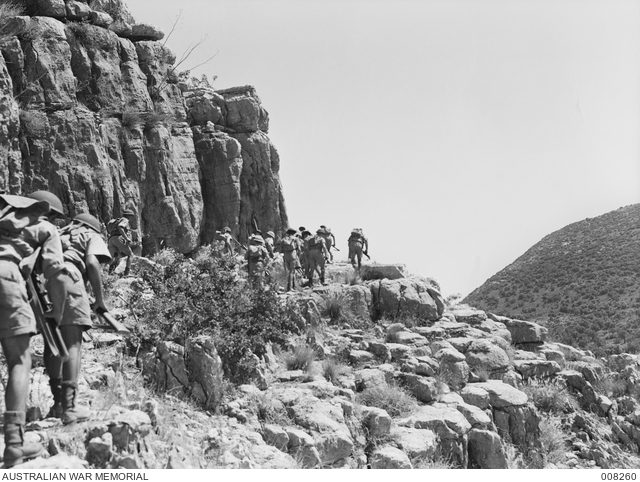
Australia’s war with France: The Campaign in Syria and Lebanon, 1941 – Podcast
AUSTRALIA’S WAR WITH FRANCE: THE CAMPAIGN IN SYRIA AND LEBANON, 1941 – PODCAST Operation Exporter was a little known, but very important campaign for the Australian military. It involved Australian’s fighting a strange war against confused Frenchmen who were not supposed to be our enemy. France had been defeated and subjugated by the Germans. The […]
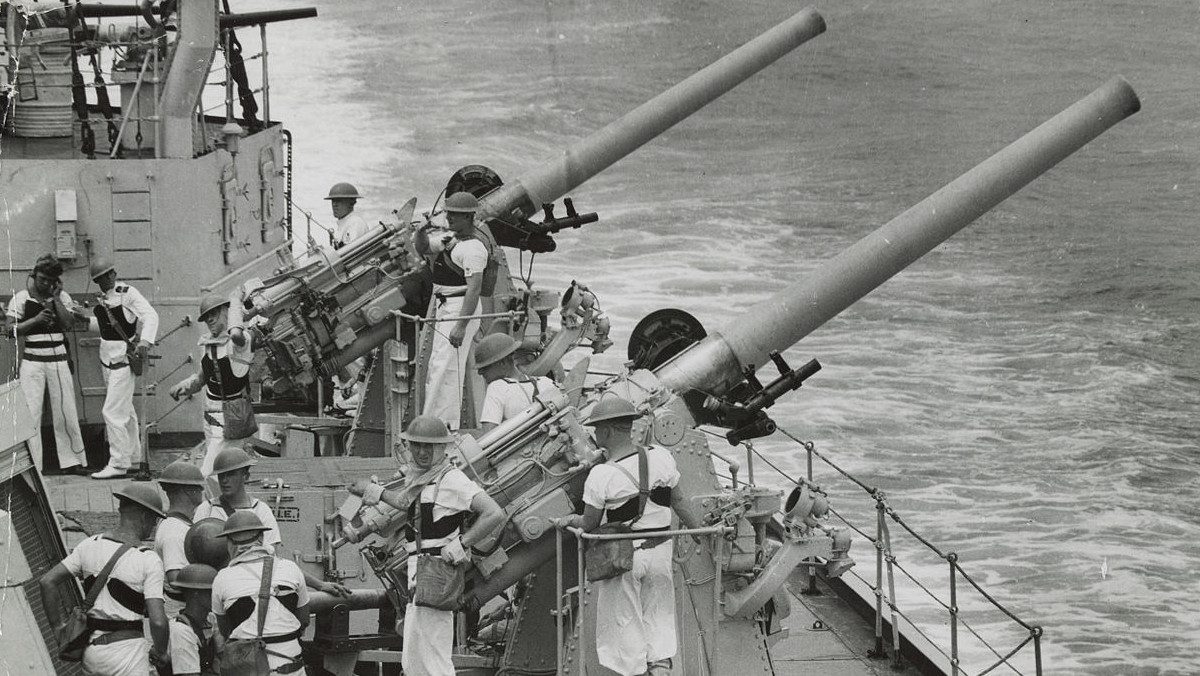
The Battle of Cape Spada: The Australian Navy Proves Its Mettle
Reading time: 9 minutes
The Battle of Cape Spada was a short, violent encounter on the 19th of July, 1940 where the cruiser HMAS Sydney of the Royal Australian Navy sank one Italian cruiser and severely damaged another off the coast of Crete. In this article, we go over the events of that day, as well as what life was like for the crew of the ship.
The text of this article was commissioned by History Guild as part of our work to improve historical literacy. If you would like to reproduce it please get in touch via this form.

